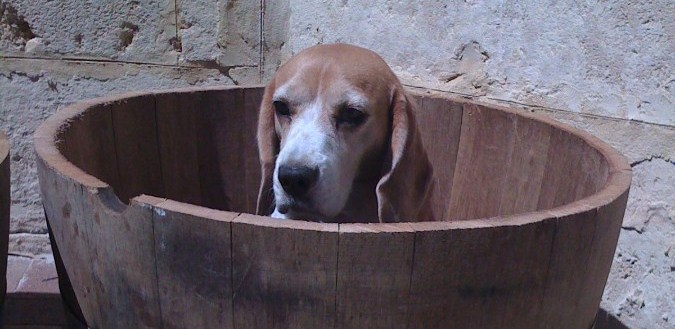I've been having trouble growing anything from seed. As soon as my pea shoots clear the soil, they're chomped off. Same with the radishes, leafy greens, beans etc. They only thing that isn't being routinely eaten is my coriander. It turns out over winter I created the perfect breeding ground for slaters. I always thought they were quite harmless little critters, but in large quantities they are weapons of mass garden destruction! I have set out to eradicate them. Unfortunately, it's not easy. Again, it's one of those things that can be controlled with noxious chemicals that you wouldn't want anywhere near your food crop. I recently heard you can create a barrier with lime and sawdust mixed together to protect certain plants. But I have chosen an old remedy. Oranges!
I am drinking a glass of freshly squeezed orange juice every day and forcing my husband to do the same. The leftover half oranges go into the garden, skin side up. This orange I put out in the garden about an hour ago, you can see the slaters starting to gather around it already:
Each day I look inside the orange halves and hundreds of slaters have gathered underneath them.
Then I tip them out into a bucket:
After a week of this, there must be thousands of slaters in my bucket. I heard an experienced horticulturist once say he doesn't think worm farms are very good, so he built a slater farm to help compost his scraps. Wish I could give him my bucket of the little destroyers. You could feed them to your chooks, they'd love them... or a neighbours' chooks! I have no idea how long I am going to have to keep squeezing oranges for, but I think the population is starting to reduce! And my vitamin C levels are great!











